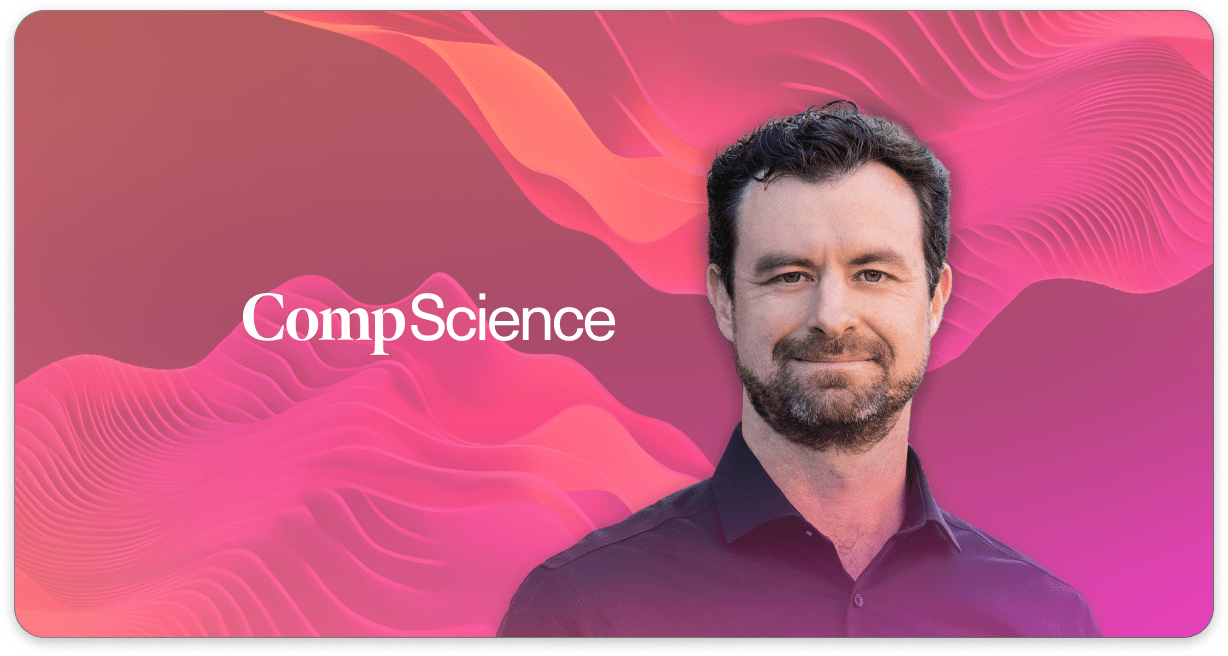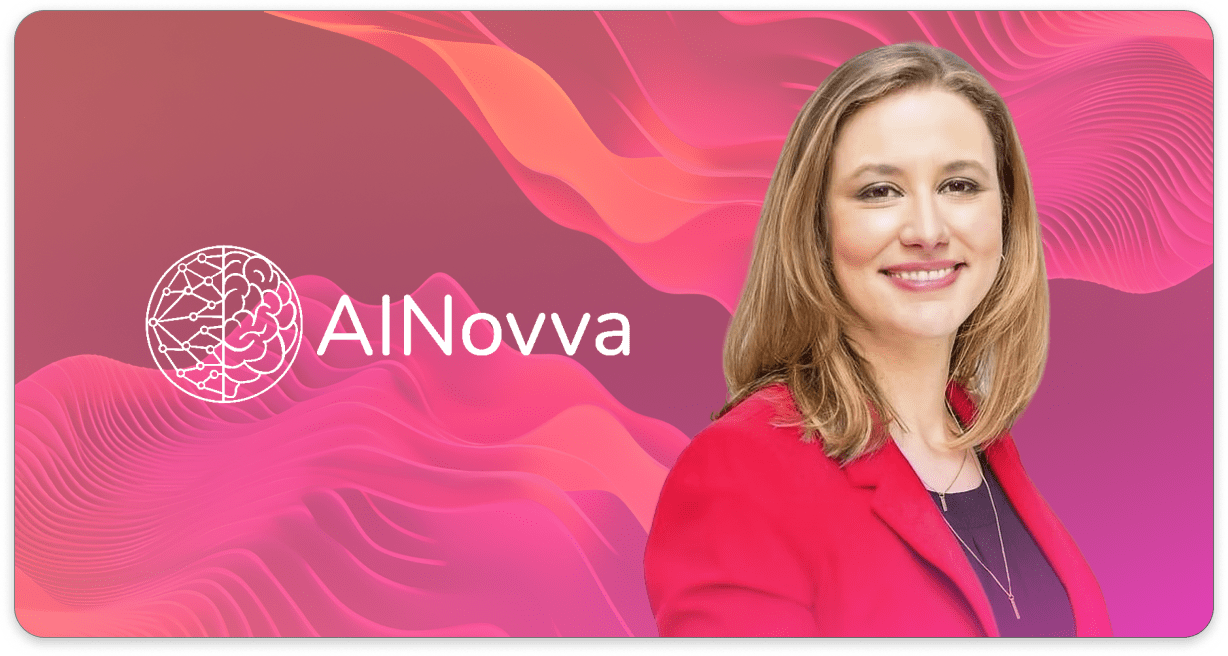
Company Overview
Josh Butler is Chief Executive Officer and Founder at CompScience, the first-ever AI powered workers’ compensation insurance and safety technology company. They’re revolutionizing the industry on their mission to bring workplace accidents to zero. Using the world’s most advanced safety analytics technology, they provide companies the tools to analyze their safety risk, and prevent accidents before they happen. Learn more at https://www.compscience.com/.
Can you tell us a little about your background before starting your company?
I’ve been building products around AI for about 15 years in the Valley here, mostly product roles in tech startups like Facebook and NIO – where I ran the self-driving car platform product team.
I was at Facebook and before that, Microsoft out of their Costa Rican subsidiary. I led an offshore software development team; about 300 employees out of Costa Rica for a few years.
How did you start your company? What were the first steps you took to get it off the ground and how did you identify the need for your product/service in the market?
I left NIO to start CompScience almost six years ago now, and the first thing I did was I bought a bunch of cameras and mounted them inside my garage and just started tinkering. Then I convinced my first client to let me fly out and took one of these bucket lifts, mounted some cameras on their ceilings, and just started hacking to see what I could build that would make their place safer.
And literally – it was very much a rough prototype, kind of an exploratory product development process and we actually had some early impact there. And before you knew it, insurance companies were reaching out asking if they could try it out themselves.
The original inspiration was my father-in-law. He was injured on a job, but the idea for the insurance actually came from listening to our customers and listening to him recognize this. Insurance customers saw this as much more transformative for their business than our direct customers did, and as we got to know the insurance customers better, we recognized that there was no chance they’d build [it] themselves. In fact, they couldn’t even implement it there. They move too slow.
So we were like, ‘you know what? If this is really so transformative, then we can build our own insurance company’. It was a complete pivot in terms of business model, but with the same intention to to eliminate workplace injuries.
What innovations or unique features set your company apart from others in the industry?
We move like 10x faster than a traditional carrier, because we’re built in the AI age, and we’re a tech company at our core. We just have 100x more data than other insurance companies do when it comes time to underwrite, because we’re getting livestreams and live feeds of video from our customers. We bring together insurance experts and we bring sort of Silicon Valley startup genes. The final thing is, we have a mission that is incredibly motivating: everyone deserves to get home safe at the end of the day.
What has been the most effective strategy for scaling your business?
We really figured out that the key to success here is enabling brokers by giving them a product that helps them be better. The broker is very close to their customers, their consultants, and they’re our outsourced sales team. There are distributions in learning what makes them tick. Taking the time to build those relationships and understand them and their needs has been really critical to us; getting this technology to the workers that need it most.
Looking ahead, what are your goals for the future of your company?
We want to take this global. We want to make it available to every organization, so that they can keep their people safe – their most valuable asset. That’s going to mean making this available at different price points and even for free in some countries. It’s a little bit like pharmaceuticals where we invest billions of dollars in life saving drugs in the United States and Europe, and we often end up giving it away in developing countries. So I see us doing something similar here, because once we build this, it’s actually possible to distribute this to the entire world, as long as we’re able to make the business model work in the States.




